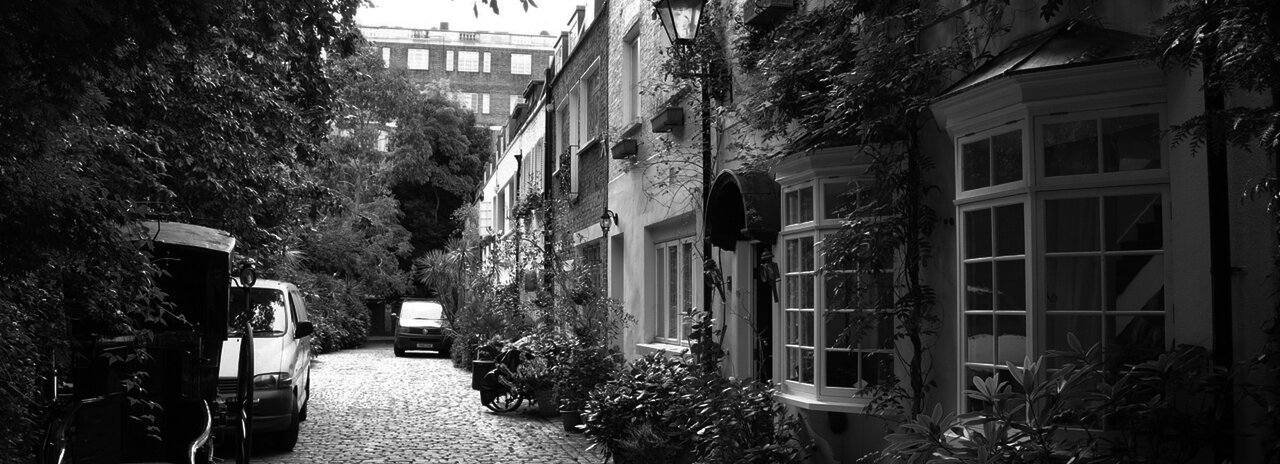Using a Self Invested Personal Pension (SIPP) to hold commercial property which can be rented to your personal or family company can be beneficial. Instead of paying rent to a third party, it is paid into your pension scheme. The company is able to deduct the rent paid when calculating its taxable profits, but the SIPP does not pay tax on the rent, which builds up in the pension scheme, nor does it pay capital gains tax when the property is sold.
However, there are some downsides to be aware of, which can prove costly.
Connected person rules apply where the property is let to a connected tenant. The rules bite if the tenant is:
· the scheme member, their spouse or civil partner, or their relative;
· a partnership where one or more of the partners is a scheme member or a relative of a scheme member; or
· the member’s employer.
They apply if the property is let to a company to which the member is connected. Consequently, the rules will bite if the property is let to the member’s personal or family company.
Open market rent
Under the connected person rules, the rent must be set on an arm’s-length commercial basis. The member cannot set the rent. Consequently, the company cannot enjoy the use of the property rent-free or for a low rent.
The lease must be enforced in the same way as if the tenant was a third party, for example, by chasing late paid rent. Periodic rent reviews must also be carried out.
Unpaid rent and unauthorised payment charges
Failure to pay the rent can have disastrous consequences. Not only will the pension trustees seek to recover the rent as for a third-party tenant, failure to pay the rent can trigger unauthorised payment charges under the pension tax rules.
If the rent remains unpaid, an ‘event report’ must be submitted to HMRC. This must be done by 31 January after the end of the tax year to which it relates. So, if rent for 2045/25 is unpaid, an event report must be submitted to HMRC no later than 31 January 2026.
If the rent remains unpaid by 31 January after the end of the tax year, the member will be liable for an unauthorised payments charge of 40% of the amount of the unauthorised payment (the unpaid rent). A surcharge of 15% may also apply depending on the amount of the unauthorised payments as a percentage of the overall pension pot. The pension scheme will also be liable to a charge, which is normally 15% but can be as much as 40%.
Where an unauthorised payment charge arises, the member must include it in their Self Assessment tax return for the tax year to which it relates. Payment must be made by the normal Self Assessment payment date of 31 January after the end of the tax year to which it relates.
It is important when using a SIPP to hold commercial property let to a connected person that these rules are understood. The property is owned by the pension scheme rather than the member which means that the member does not have the flexibility to reduce the rent or allow a rent holiday when things get tough. The risk of an unauthorised payment charge means that the cost of not paying rent to a SIPP is significant.

